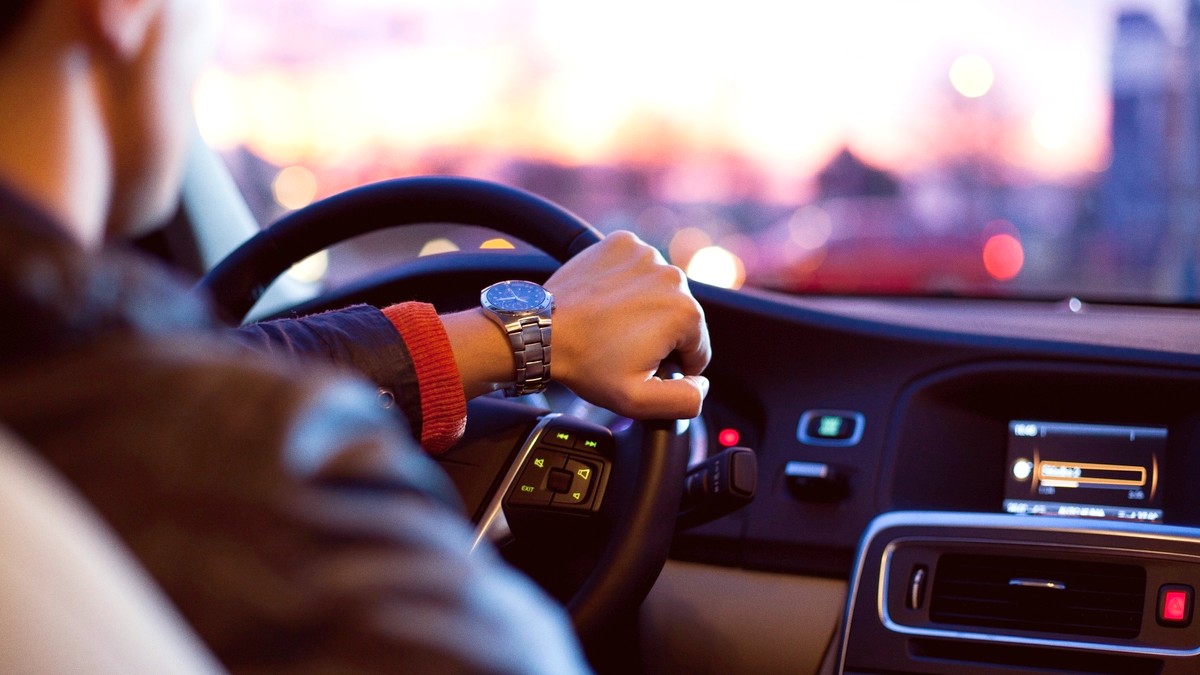
Botswana
Gaborone does not have a metro, tram system, or a formalized city-wide public bus network operated by a single entity. Minibus taxis are 15-seater vans that operate on fixed routes throughout the city. They pick up and drop off passengers anywhere along their designated route. They are the most common and budget-friendly form of public transport for locals. Shared taxis are similar but typically regular sedan cars that operate on a fixed route, picking up multiple passengers.
Official, detailed route maps for minibus taxis are generally not available. Drivers and conductors know their routes, and locals can guide you. Fares are fixed per trip, based on distance or route. A short trip within the city might cost between P5 and P10. You pay your fare in cash directly to the driver or conductor. Always have small denominations of Pula ready.
15-seater vans operating on fixed routes, picking up and dropping off passengers.
Regular sedans on fixed routes, taking multiple passengers.
Minibuses are frequent on popular routes, less so on off-peak or less common routes.
Available at GBE and city offices (Avis, Budget, Hertz).
National driver's license, IDP, passport, credit card.
Not widely available or recommended for general tourist travel.
No widespread programs; some hotels offer rentals.
Gaborone offers pedestrian-friendly areas for exploration. The Main Mall is a pedestrianized shopping and administrative area in the city center, ideal for leisurely walking. The newer CBD (Central Business District) boasts modern infrastructure with sidewalks, generally walkable during the day. Kgale Hill, on the southwestern edge, is a popular hiking spot with marked trails and panoramic views. Gaborone Game Reserve also has designated walking trails where you safely explore and observe wildlife (no large predators).
Hop-on-hop-off services are not available. Visitors rely on private tours, taxis, or ride-sharing for city exploration.
Not applicable to Gaborone, an inland city without navigable rivers or canals for public transport.
Gaborone does not have cable cars, funiculars, or local systems like tuk-tuks.
Gaborone's urban setting means it does not have many of the specialized transport types found in other regions.
Botswana drives on the left-hand side of the road.
Like South Africa and the UK.
Mandatory for all vehicle occupants.
Always buckle up.
60 km/h in urban, 100 km/h on main roads, 120 km/h on highways.
Strictly enforced.
For convenient and safe city movement, a mix of ride-sharing apps (Bolt) and walking in designated pedestrian zones is often the most practical approach.
Consider a rental car if you plan extensive day trips outside the city or have specific mobility needs.